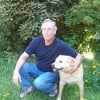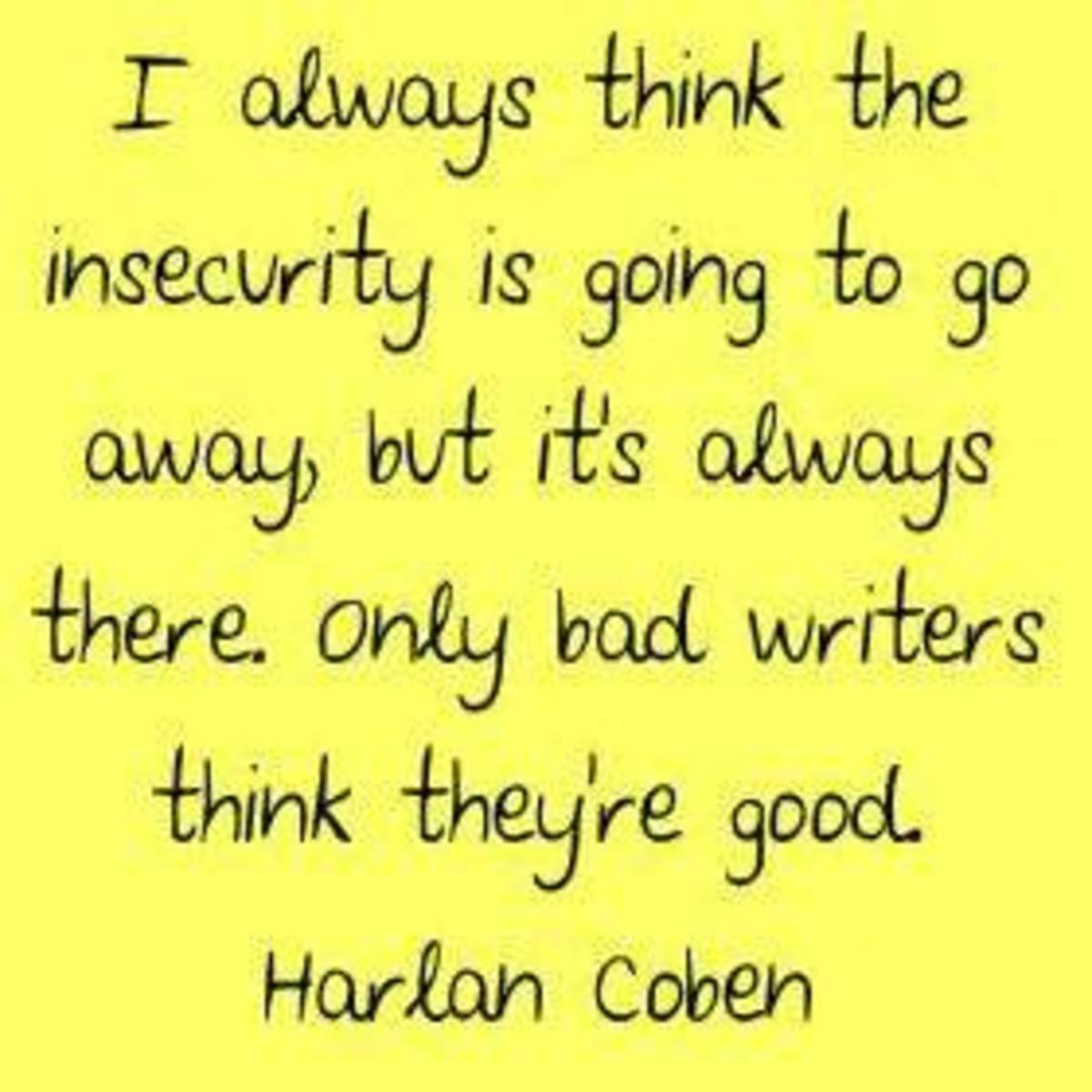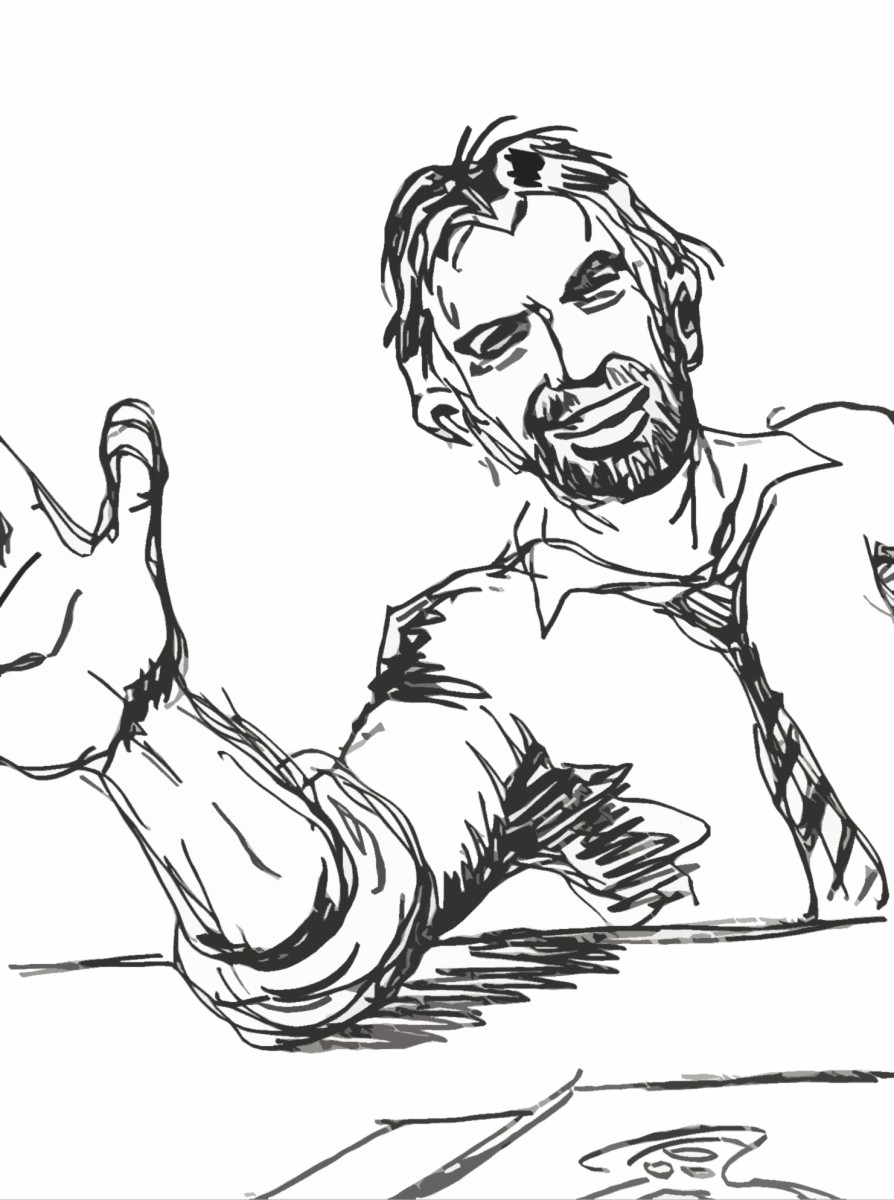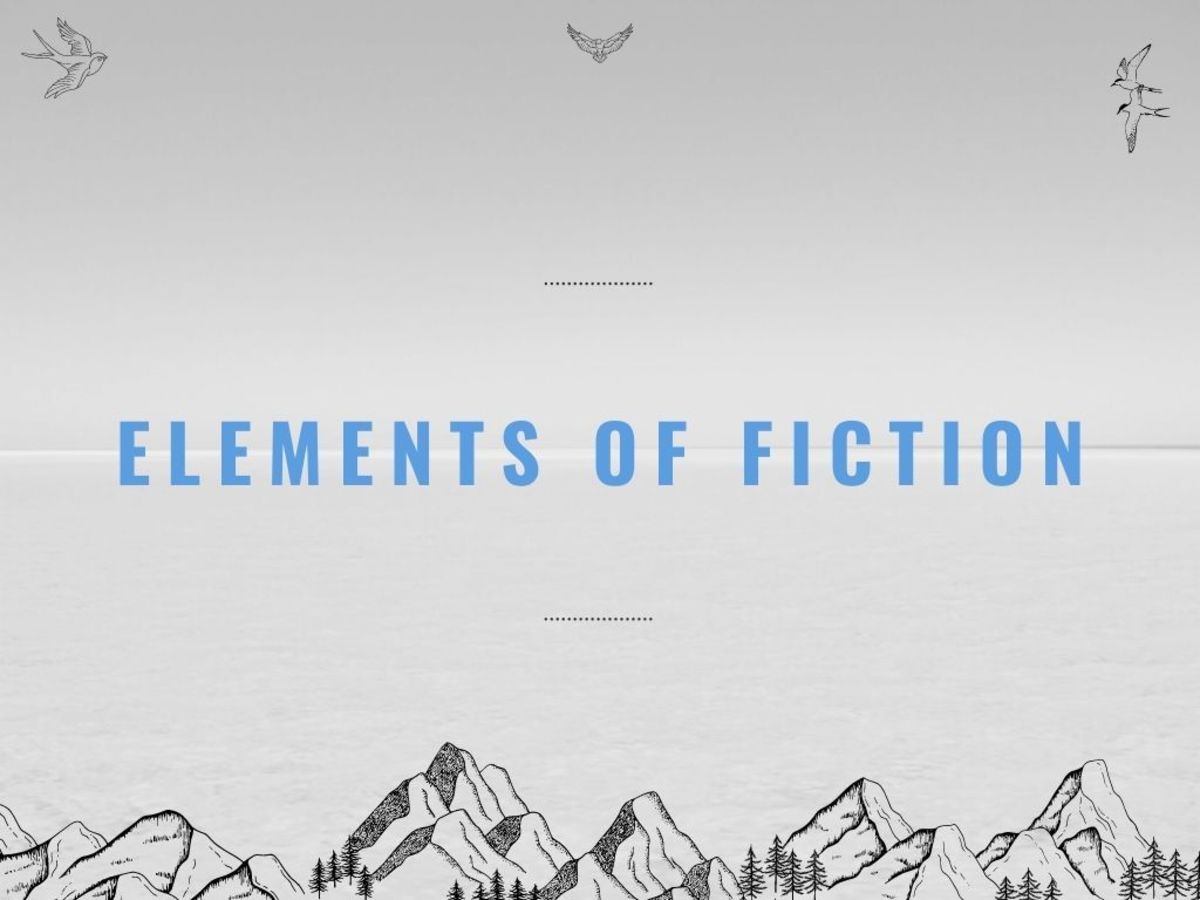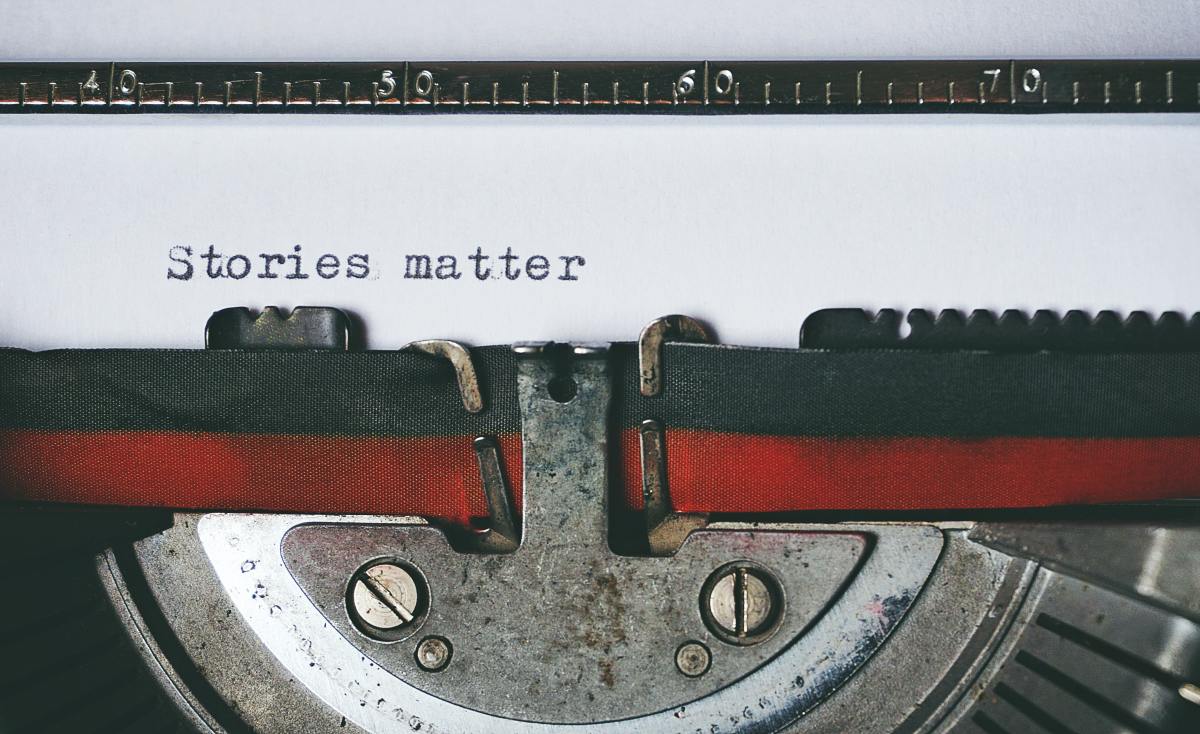The Five Basic Elements Of A Short Story
First Things First
Listen, you are all writers. You don’t need me to tell you how to write a short story. I understand that. Most of you have been writing since you were knee-high to a tall elf, so I’m sure you know all about this information I’m about to present.
If, however, you somehow missed Writing 101 in school, or if you were like me and chose that class period to daydream about Mary Louise Armstrong, then perhaps you’ll find this helpful.
So let’s proceed as though you don’t know all of this information. The obvious place to start, then, is with a definition of a short story. A short story is a work of fiction that is length-challenged. J Now there are those who will tell you that a short story does not have to be fiction, and that’s all well and good, but we’ll let them write their own article about that topic. For the purposes of this article we will only be talking about fiction.
The average length of a short story is between 2,000 and 5,000 words, although many have exceeded that and even approached 20,000 words in length. Seriously, folks, who cares? If you are entering a short story contest, the length required will be listed for you in the submission guidelines. If you are just writing for yourself, then call it a short story, call it a flash fiction, call it a novella or call it whatever the heck you want to call it.
What we will concern ourselves with in this article are the five key elements that a short story should contain according to Bill Holland’s Writing 101. Of course, rules were made to be broken, so take what you want of this article and leave the rest for someone else. I’m just an old teacher passing along what I have learned over the years. None of this is etched in stone, and writers should always feel free to venture forth into unchartered territory.
These, then, are the five key elements of short story writing.
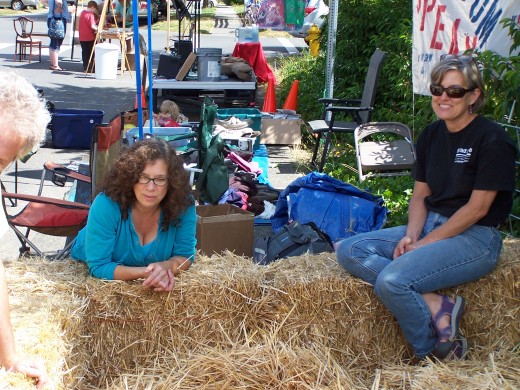
CHARACTER
The character is the person who takes part in the action of your story. Considering the length restrictions of a short story, you should probably limit yourself to no more than two characters. The reason for this is that you want your readers to get a sense of who your characters are, and defining the characters takes some time.
Think about it for a moment. To describe a character we need to describe the physical characteristics, right? But we also need to find a way to describe how that person feels, what they think and perhaps even some events from the past that have shaped that character. That is a tall order in a short story, so trying to do it for more than two characters is much more than a tall order; it ventures into the Mission Impossible realm.
SETTING
Setting is defined as the time and place in which your story happens. This can entail a description of the scenery, city, landscape and even the weather. When describing setting, it is always useful to remember your five senses. You want your readers to see the setting, smell the setting, hear the setting, feel the setting and taste the setting if at all possible.
What limitations do we have in describing setting? Again, the number of words is limiting for sure, so trying to write a short story that takes place in two or more locations is really a very difficult thing to do. You cannot adequately describe five, six or seven settings in a short story and do them justice. If at all possible, stay in one place and save your words to describe other aspects of your story.
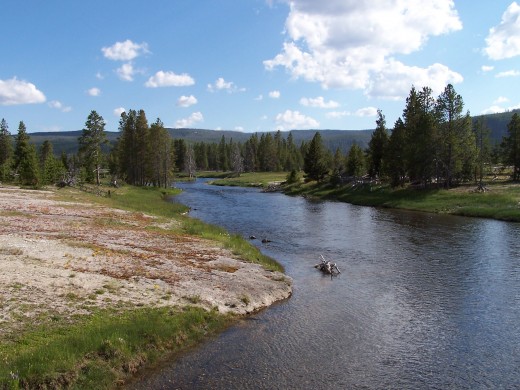
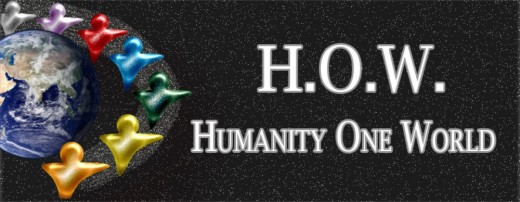
PLOT
The plot consists of events and actions that relate to the central conflict of the story. With regards to this article, this is a bit like putting the cart before the proverbial horse, because we describe conflict below. Still, because of my contrary nature, let’s briefly touch on plot now.
How is the story going to play out? How are you going to take your central theme and build a story around it? Man meets girl. Girl dies. Girl comes back from the dead to help man deal with the loss. Man recovers. There is your plot, built around the central theme of the everlasting power of love.
Remember that a short story, with emphasis on short, does not allow too elaborate of a plot. Here is where writers of novels have such a huge advantage. In a novel, the plot and subplots can cover, literally, hundreds of pages. The short story writer does not have that luxury. He/she must pare it down to bare-bones storytelling and believe me, that is not nearly as easy as it may sound.
CONFLICT
What is the struggle that is happening in your story? Is there a struggle between characters? Is there a struggle between a character and a thing? Is there a struggle between a character and a former event in his/her life? Is there an internal struggle being waged within the main character?
For an effective and highly-entertaining short story, the struggle (conflict) must be great, but not so great as to seem totally unrealistic….unless, of course, you are writing a fantasy or sci fi, and then all bets are off concerning realism.
THEME
And finally we come to the theme, which is the main idea or belief in the short story. Think in terms of good vs. evil if you will, or the conquest of bravery over cowardice, or the eternal human struggle of just getting through a day true to yourself. All good short stories deliver a message within them. The theme is the heart of the story. It is constantly in the background beating, beating, and beating some more.
If written correctly, the theme of your short story should be apparent without ever having to tell the reader what it was.
Join me on my writing blog
- Artistry With Words | A topnotch WordPress.com site
Tips for writers; sites for writers; quotes for writers; suggestions for writers
So There You Have It
No sweat, right? Well, as a matter of fact, to deliver all five of these elements in a spellbinding short story really is quite difficult.
I can’t tell you how many times I have heard a writer say that the idea of writing a novel is too daunting to them. They don’t think they could ever accomplish such a feat. Quite frankly I feel the same way about writing a “great” short story. Notice, please, that I added the word “great” in that statement. Writing a short story of 2,000 words is pretty easy. Writing a great short story that has all five of these elements in it is nowhere near easy. In fact, I find it to be much harder than writing a novel.
So where do you start? That is the decision each writer must make. Some writers begin with a theme, then construct a conflict and then build the plot around that conflict. Others begin with a theme, then they relay that theme to their main characters and allow the characters to tell the story. Still others have a basic plot in mind and shape that plot so that it translates a theme. Which approach is best? Only you can answer that question. You are, after all, the writer. You are the one who will breathe life into your short story. You are the one who will give it your own personal signature. You don’t need me to tell you how to do it. As Nike says, just do it!
2013 William D. Holland (aka billybuc)
“Helping writers to spread their wings and fly.”
